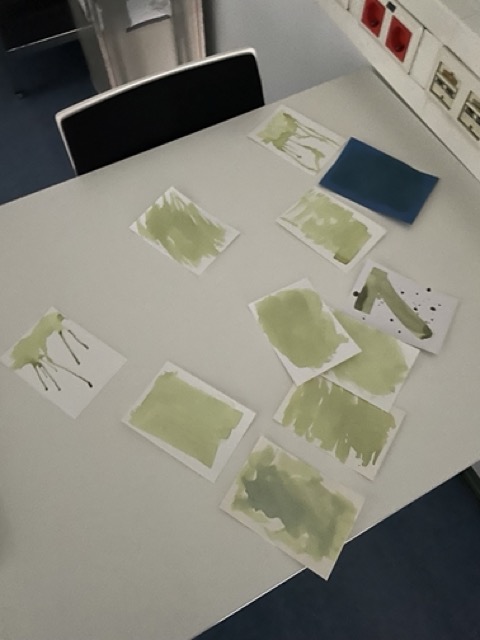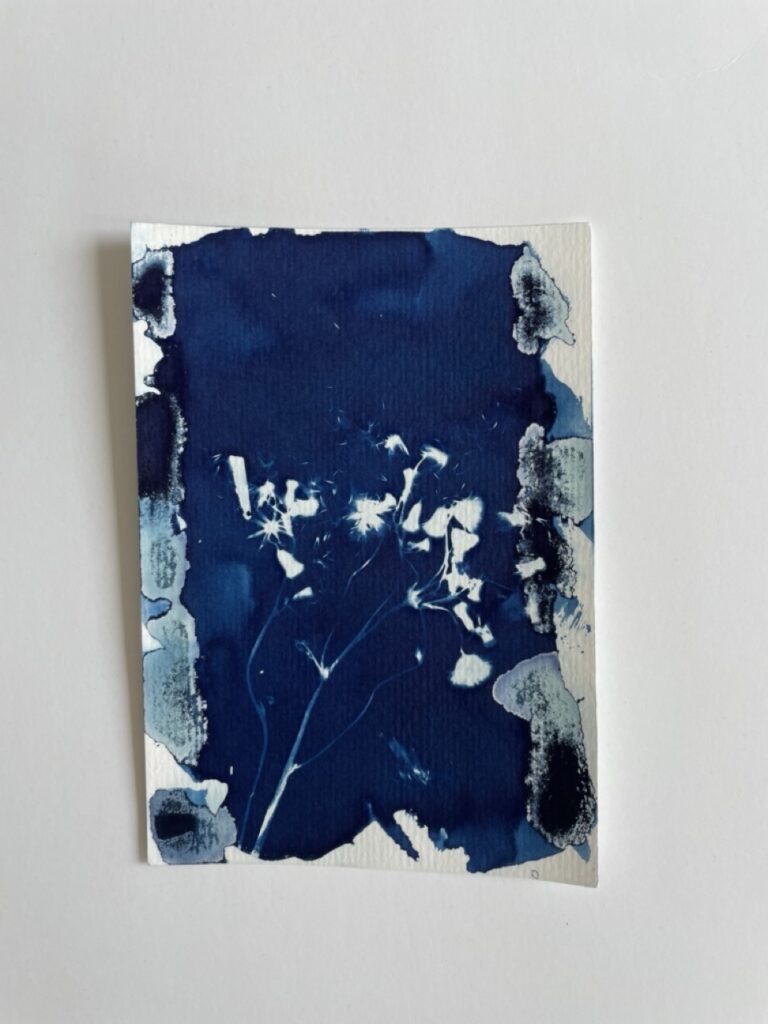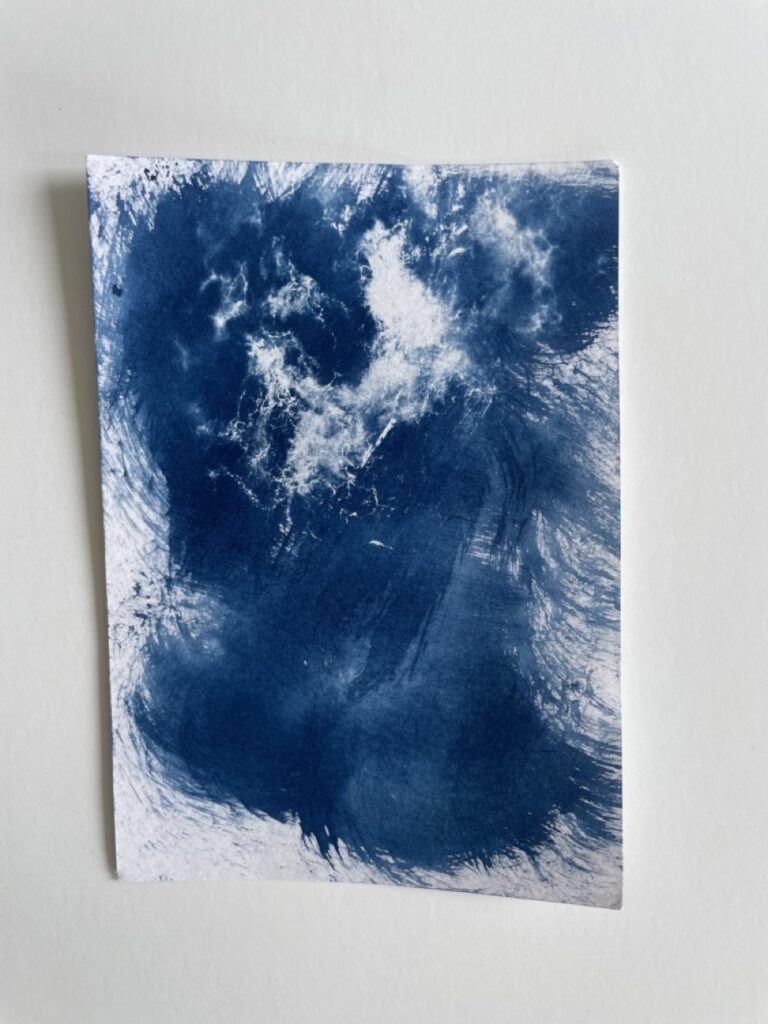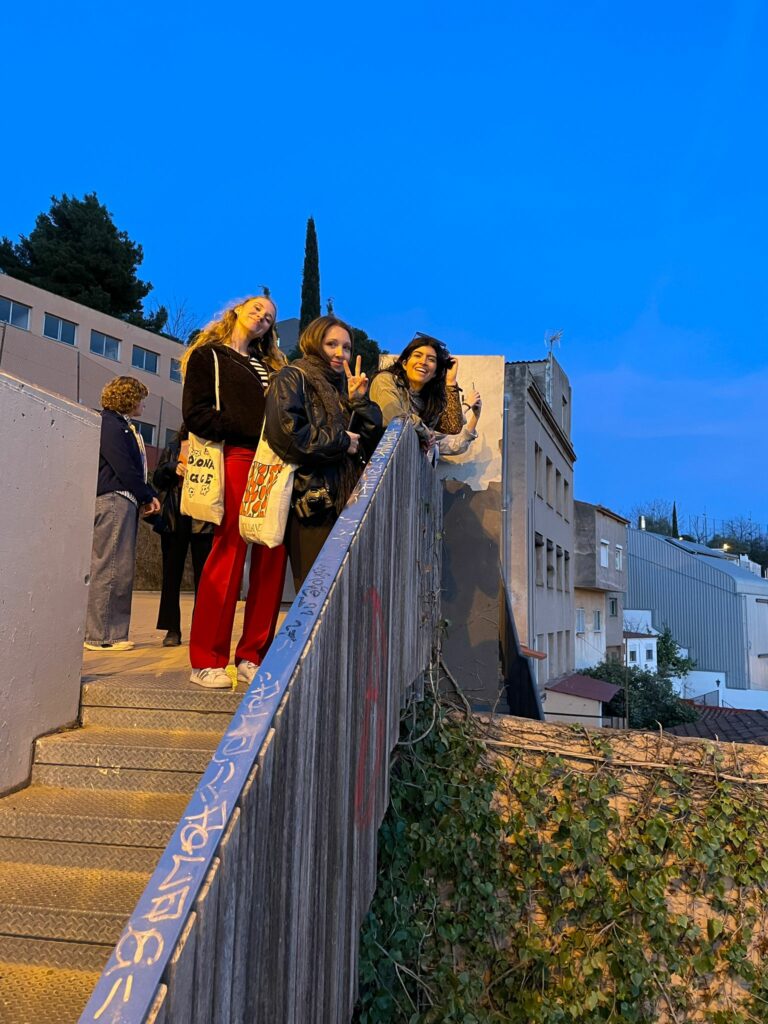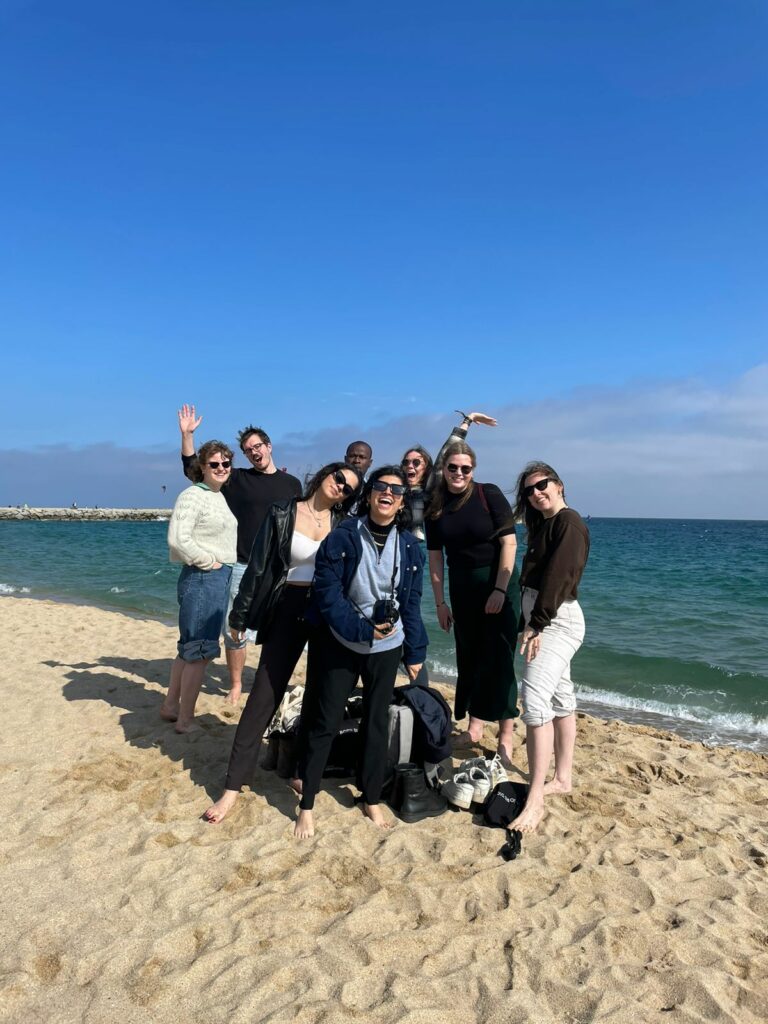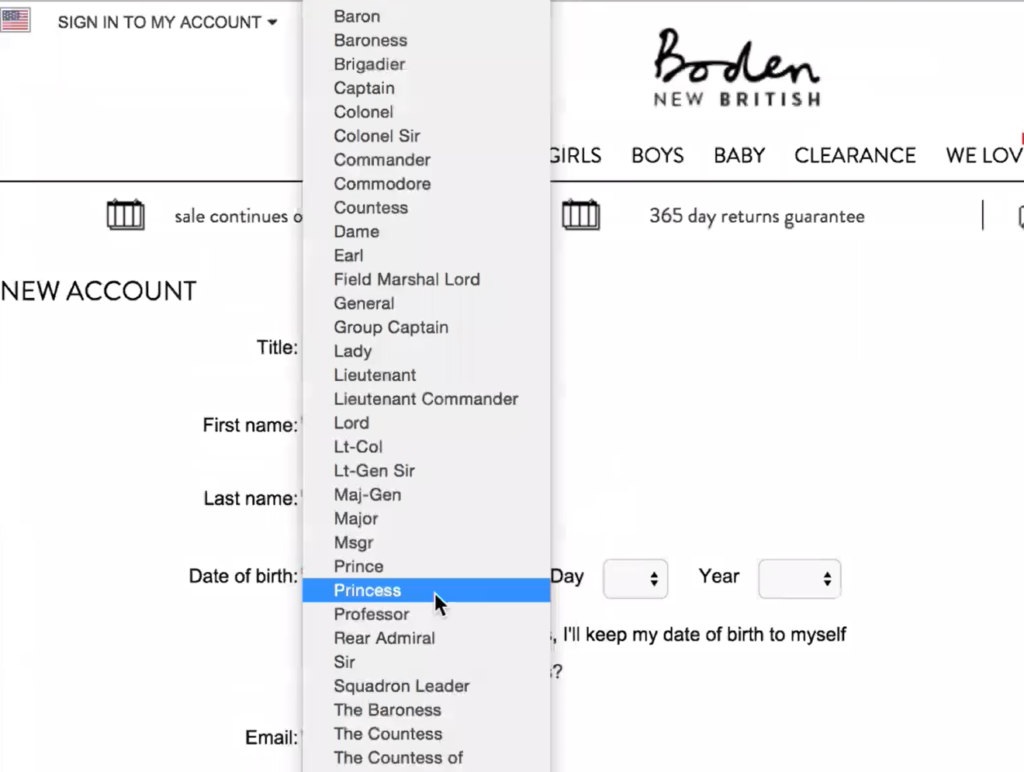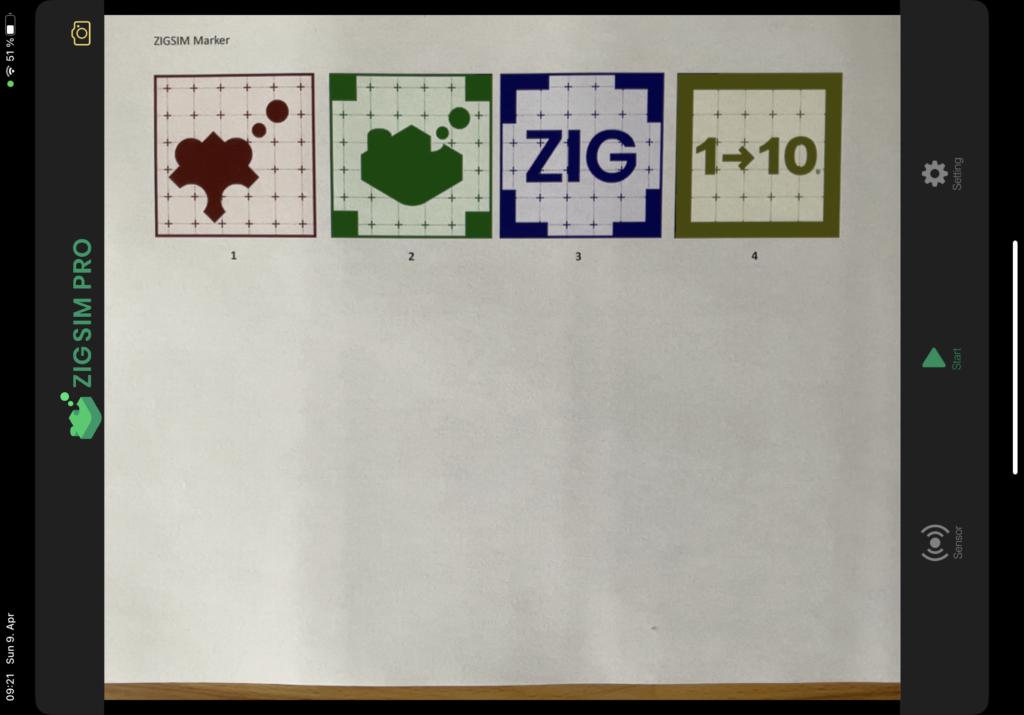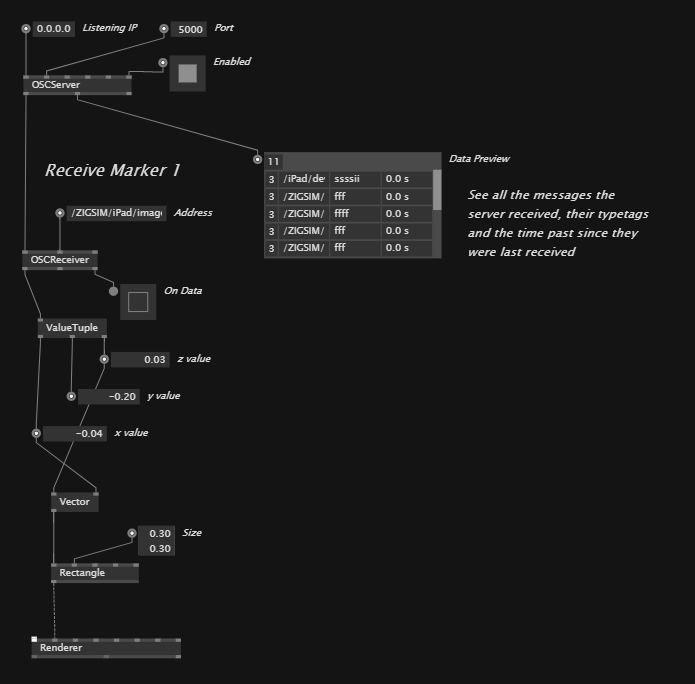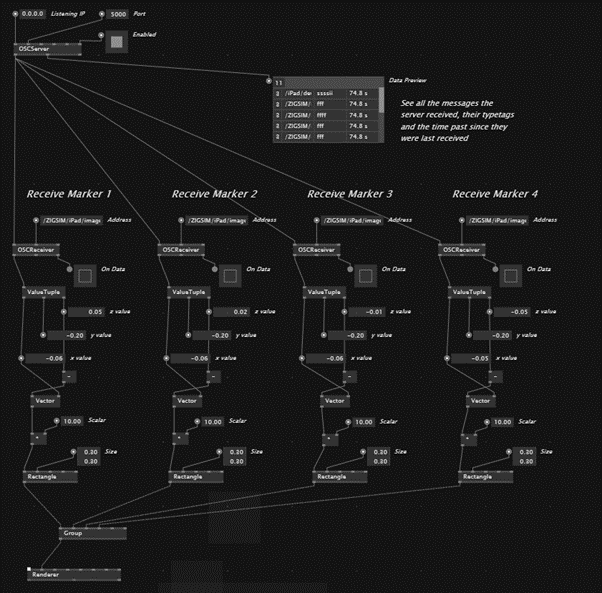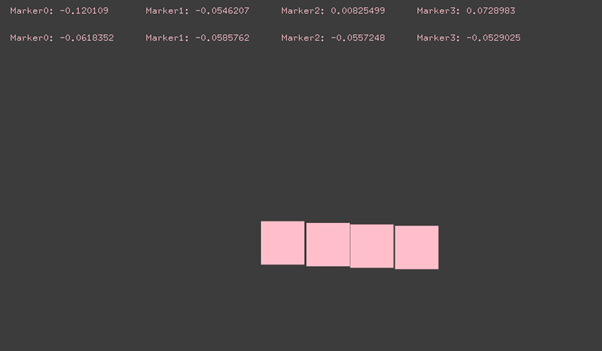– Elena Waschl
FORTSETZUNG: Ein kleiner Exkurs in das Fach-ABC
CORPORATE*
Gemeinschaftliche Aufgabe eines Unternehmens, Organisation, Verein, Hochschule, etc.
*C – Behaviour:
Unternehmensverhalten (sollte nachhaltig und klug gewählt werden, da es große Wirkung nach außen und innen hat)
*C – Communication
Unternehmenskommunikation = Transport von Inhalten die das Unternehmen an allen Touchpoints widerspiegeln
= sehr flexibel für lang- und kurzfristige Ziele
*C – Culture
*C – Design
visuelles Erscheinungsbild = die Gestalterische kontinuierliche Klammer die das Unternehmen repräsentiert
Versuch in die Persönlichkeit d. Unternehmens zu transportieren.
Schlüsseltool für die Gestaltung der versch. Touchpoints.
CORPORATE IDENTITY
= ist die Summe von Corporate Culture, Communication, Behaviour und Design.
= strategisch geplante Selbstdarstellung eines Unternehmens sowie eine Verhaltensweise basierend auf einer (hoffentlich) festgelegten Unternehmensphilosophie
Aber Achtung:
Die Idee der CI basiert auf Planbarkeit die sich in starre Monotonie verlagern kann.
CORPORATE IMAGE
lt. Birkigt, Stadler und Funck
Alle beabsichtigten oder auch unbeabsichtigten Handlungen (nach außen) zeichnen das Bild eines Unternehmens oder einer Marke und genieren somit ein Corporate Image.
Vergleichbar ist dieses Image wie dessen eines Mitmenschen.
Wir urteilen über sie je nach Aussagen, Verhalten, (Repräsentations)Stil, etc.
Volker Trommsdorf:„ Die Wahrnehmung von Marken hat sehr viel gemeinsam mit der Wahrnehmung von Personen: Sie ist ganzheitlich, schematisch, wertend, konsistent und stabil, zeichnet sich nach hohe Wiedererkennbarkeit (…), aus und es werden die ‚charakteristischen Eigenschaften‘ zugeschrieben“
Die Projektion des C*-Identity im sozialen Feld
Image spielt sich alleine in den Köpfen der Konsumenten / Öff. ab.
Handlungen, Impulse (etc.) die das Unternehmen nach außen trägt werden durch die Öffentlichkeit bzw. den Konsumenten interpretieret, assoziiert, verarbeitet und wertend beurteilt dadurch wird ein „Image geschaffen“.
Selbstbild = C*Identity // Fremdbild = C*-Image
DNA
= metaphorisches Schlagwort für die Persönlichkeitsbeschreibung.
EMPATHIE
Einfühlungsvermögen in den Kunden. Methoden wie: Expectation Maps,etc.
EROSION
Marken solle Sinnstiftend und Vertrauensvoll handeln und sich auch so präsentieren. Glaubhaftigkeit wird immer mehr durch kritische Kunden geprüft.
Erosion bei nicht Erfüllung der Glaubhaftigkeit!
ERWARTUNGEN
Subjektiver Maßstab des Kunden den man bestenfalls erfüllen kann.
Erwartungen können je nach Kundengruppe innerhalb eines Produktes variieren.
Erstellung von Personas
GLAUBE & GLAUBWÜRDIGKEIT
Markenversprechen – Jedes Versprechen generiert eine Erwartung!
HANDLUNGSFELDER
Die vier Handlungsfelder der CI können als Tools wahrgenommen werden mit denen man das C* – Image bestenfalls formen kann.
IDENTITÄTSBASIERTER MARKENFÜHRUNG
Wenn die Vision (= Persönlichkeit + Werte + Kompetenzen) in Leistung münden (Markenidentität).
Diese L. wird durch den Nutzer (der ein Bedürfnis durch die Nutzung der Marke befriedigen möchte) durch Erwartungen und Erlebnis „geprüft“ und führt schlussendlich zu einem positiven (erfüllten) Image (Bedürfnisbefriedigung) oder eben nicht.
von Burmann, Halaszovich und Hemmen
INHALT
Ohne Inhalt keine Story, keine Verständigung!
Das Material für Marken sind Wete, Herkunft, Persönlichkeit, Visionen, etc.
INSZENIERUNG
Gibt es im negativen Sinne aber auch im positiven(= optimal zur Geltung kommen, der Vision Raum geben)
INTERVENTIONEN
Sind Aktionen i. Form von Performance, Installationen, Kommentaren, etc. um Aufmerksamkeit im starren Alltag zu generieren!
KOMMUNIKATION
Ist was ankommt und nicht was gemeint ist!
„Man kann nicht, nicht kommunizieren“
Es bedarf einer sensiblen Handhabung von Informationen nach innen und außen!
Basis für eine solide Kommunikation ist eine authentische Persönlichkeit
KONZEPT
Erschaffung von Lösungen nach Analyse und Formulierung eines Problems.
LEITBILD
= Formulierung einer Persönlichkeit – Realistisches Idealbild
Sollen inhaltliche Orientierung geben.
MARKENFUNKTIONEN
1. Identifikation v. Leistungen (Erkennbarkeit & Erinnerung)
2. Orientierungshilfe
3. Vertrauen
4. Qualität (Entsteht durch eine Erfüllung der versprochenen Kompetenzen)
5. Prestige durch die Bestätigung im sozialen Umfeld
Moment Of Truth (MOT)
Markenerfahrung durch subjektive Benutzung
NZ (Notwendige Zugangsvoraussetzungen)
1. Präsenz (zur Kenntnis nehmen, Kraft & Ausstrahlung, aber nicht glz. die Lautstärke sondern vielmehr stilistische Positionierung gegenüber Wettbewerber)
2. Akzeptanz
3. Substanz (Qualität vorhanden sein)
4. Prägnanz (Wesentliche ausdrücken!)
5. Kompetenz
6. Konsequenz
ORGINALITÄT
Das Neue muss anders sein – Most advanced& yet accetable
PERSÖNLICHKEIT
Lt. Peter G. C. Lux:
- Bedürfnisse = Basis & Motivation ds Handelns
- Kompetenz = Leistungsvorteile & Fähigkeiten
- Einstellung = Hintergründe, Meinungen, Standpunkte, Erfahrungen
- Konstitution = physischer, struktureller, orga., juristischer Aktionsraum
- Temperament = Art & Weise d. Vollbringung
- Herkunft = Vergangenheit, Tradition, etc.
- Interessen = Absichten, Pläne und Visionen
Persönlichkeit ist Inbegriff der Vertrauens- und Glaubwürdigkeit!
QUALITÄT
Diskussion & Urteil über Q. unterliegt zu definierender Kriterien!
RELEVANZ
= ist der Zweck aller Bemühungen. Marken buhlen um Relevanz.
Messbar nicht nur anhand der Qualität sondern auch durch Vertitt v. NICHT Unternehmensprofit orientierten Handlungen
SERVICE
= Dienstleistung. teilweise zus. zur bestehenden Marke, teilweise ist das Service Die Marke
STAKEHOLDER
= Sind alle die Interesse an einer Marke od. Unternehmen haben!
dh. Verbraucher, Banken, Investoren, Nachbarn, Lobbisten, Mitarbeiter, Journalisten, Umweltschutzgruppen, Konkurrenz, etc.
SUBSTANZ
Besinnung auf tatsächliche Qualitäten, gesunde Selbsteinschätzung, Konsistenz, etc.
Glaubwürdigkeit ist Schlüssel zur Marken Identifikation (dh. es sollte der gesamte Background stimmen)
TOUCHPOINT
Jeder Touchpoint erzeugt ein Markenerlebnis das etwas über den Absender (die Marke) erzählt.
In ihnen bündelt sich der Anspruch an sie selbst
TRANSPARENZ
Neben Qualität will der Konsument auch Einblicke in die Unternehmenshandlungen erlangen!
(Arbeitsbedingungen, Produktion, ökologische und ethnische Handeln),
WERTE
Sind ein Teil der Identität.
zB. Apple – Benutzerfreundlichkeit
Audi – Innovation
Weleda – Anthroposophie
ZIELGRUPPE
Maß aller Dinge! Verstehen – Vermessen in Sinus Milieus einteilen
Hinter den Wünschen die Bedürfnisse verstehen!
Quelle:
Corporate Identity & Corporate Design _ Das Kompendium
Hrsg. Matthias Beyrow / Petra Kiedaisch / Norbert W. Dadrop
